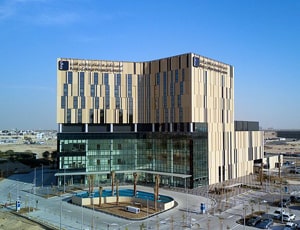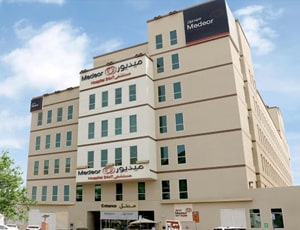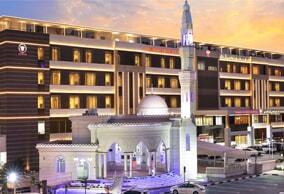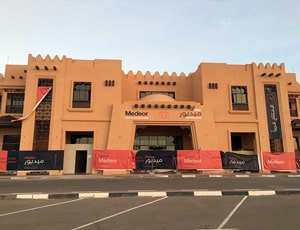Treatment cost

Apart from in-detail treatment procedures available, Kings College Hospital Dubai located in Dubai, United Arab Emirates has a wide variety of facilities available for International Patients. Some of the facilities which are provided by them are Accommodation, Airport Transfer, Choice of Meals, Interpreter, SIM, TV inside room. Also listed below are some of the most prominent infrastructural details:


Medeor 24X7 Hospital located in Dubai, United Arab Emirates is accredited by JCI. Also listed below are some of the most prominent infrastructural details:

Thumbay University Hospital, Ajman located in Ajman, United Arab Emirates is accredited by JCI. Also listed below are some of the most prominent infrastructural details:

Medeor 24X7 International Hospital, Al Ain located in Abu Dhabi, United Arab Emirates is accredited by JCI. Also listed below are some of the most prominent infrastructural details:
Awaxy called plaque hets deposited in good amounts in the coronary arteries of the heart, they supply oxygen to the heart. With time the plaque starts hardening and eventually ruptures and breaks open. This plaque interferes with blood flow as arteries grow narrow at that region. A blood clot develops when the plaque ruptures open on the surface. The artery gets blocked if the blood clot developed is very large. This can be the cause of heart attack in a later stage becoming the cause of a life risk.
Coronary artery bypass surgery aims at improving the general blood circulation to the heart. A healthy artery or vein is taken the body and is grafted or connected to the blocked coronary artery for bypassing. This artery or vein goes around the blocked portion of the coronary artery and establishes a new path for the blood to flow to the heart thus reducing the chance of a heart attack. In one surgery surgeons can bypass multiple coronary arteries. Severe blockages can be treated with this procedure.
The other alternatives for CABG can be balloon surgery or angioplasty which is a less invasive technique but then your cardiologist is the best person to decide which of the surgeries is best suited
The patients are transferred out of ICU right after the day of the surgery. Heart rhythm disturbances are found in 25% of patients within a period of 3 or 4 days after the surgery. They are temporary atrial fibrillations that are associated with surgical trauma. They respond well to standard
Ask your healthcare adviser for the best multiple options and choose the one that meets your expectations
Different hospitals have different pricing policy when it comes to the cost of CABG - Redo in Dubai. The top hospitals for CABG - Redo in Dubai covers all the expenses related to the pre-surgery investigations of the candidate. The CABG - Redo package in Dubai includes the fees of the surgeon, hospitalization and anesthesia as well. A prolonged hospital stay due to delayed recovery, new diagnosis and complications after surgery may increase the cost of CABG - Redo in Dubai.
There are several best hospitals for CABG - Redo in Dubai. Some of the best hospitals for CABG - Redo in Dubaiinclude the following:
Upon discharge from the hospital after CABG - Redo in Dubai, the patients are advised to stay for about 21 days for recovery. This is important to ensure that the surgery was successful. During this time, control and follow-up tests take place to check for medical fitness.
There are certain additional cost that the patient has to pay apart from the CABG - Redo cost. The per day extra expenses in Dubai per person are about 60 USD.
Patients who are interested in availing telemedicine consultation before they travel for CABG - Redo in Dubai can opt for the same. The following are some of the top doctors offering CABG - Redo in Dubai:
Some of the most sought after doctors available for online video consultation for CABG - Redo in Dubai are:
| Doctor Name | Cost | Book Appointment |
|---|---|---|
| Dr. Sundar Kumar | 199 | Book Now |
| Dr. Murali Krishna | 182 | Book Now |
| Dr. Ahmed Al Jabouri | 210 | Book Now |
| Dr. Ala Eldin Farasin | 199 | Book Now |
The patient has to spend about 7 Days in the hospital after CABG - Redo for proper recovery and to get clearance for discharge. This phase is important to ensure that the patient is recovering well and is clinically stable. During this time, several tests are performed before the patient is deemed suitable for discharge.
There are around 2 Hospitals hospitals in Dubai that offer CABG - Redo to international patients. These hospitals have the required expertise as well as infrastructure available to handly patients who need CABG - Redo. These hospitals comply with all the rules and regulations as dictated by the regulatory bodies and medical association in Dubai
Some of the most sought after doctors for CABG - Redo in Dubai are: